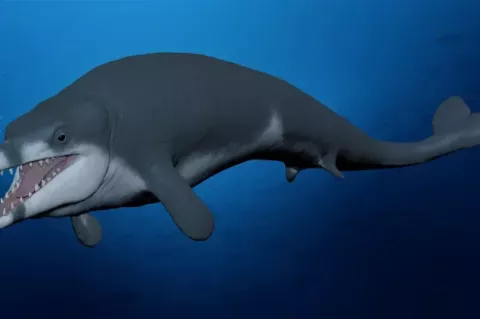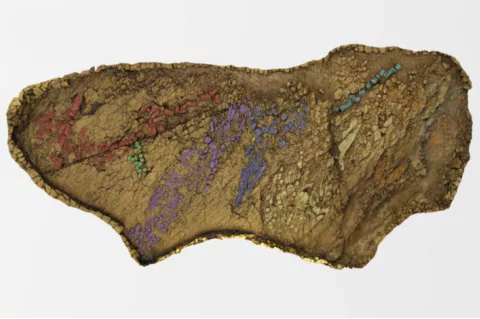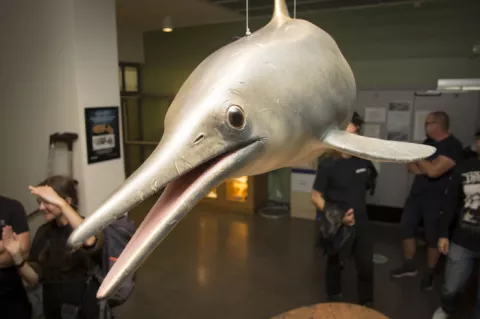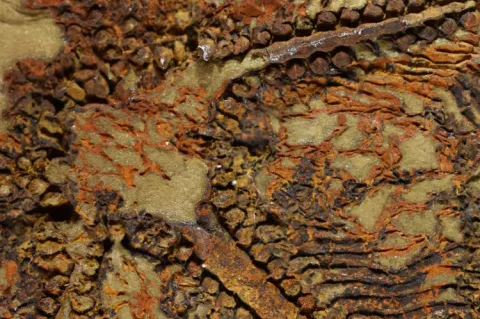In a surprising twist of paleontological detective work, two fossils categorised as ancient plants turned out to be the fossilised remnants of baby turtles.
This revelation is set to redefine the legacy of specimens collected by Colombian priest Padre Gustavo Huertas.
Mistaken Identity: Plant or Turtle?
Initially classified as a fossil plant called Sphenophyllum colombianum, the two specimens were discovered by Huertas near a town called Villa de Levya, in Colombia, where he collected rocks and fossils in the 1950s to 1970s.













